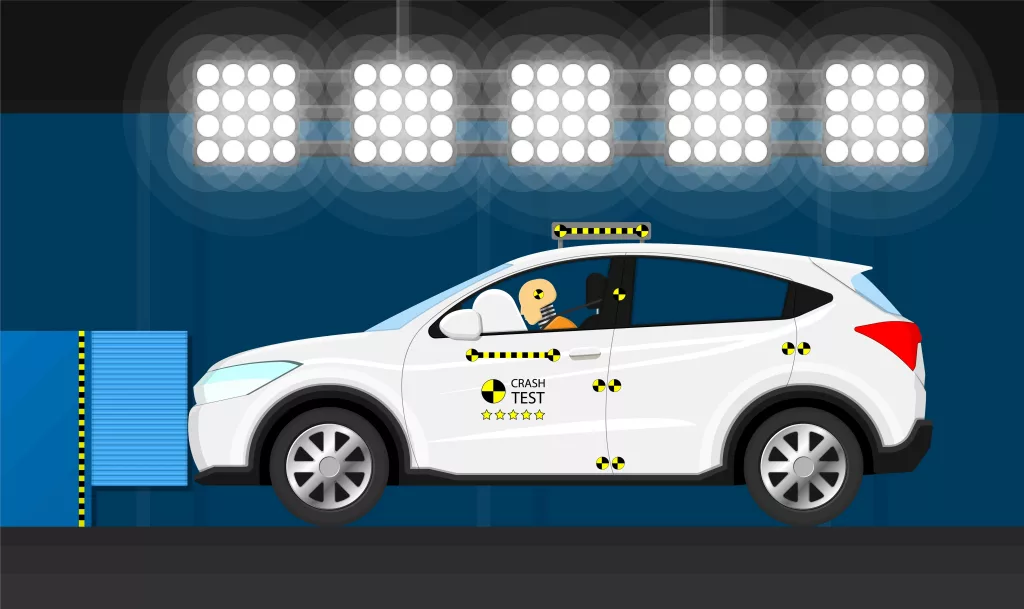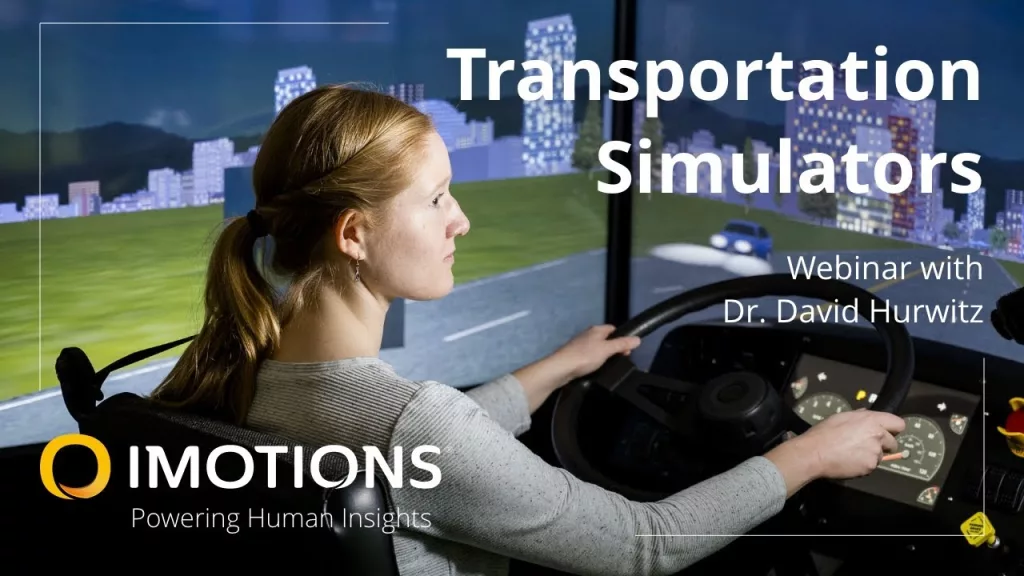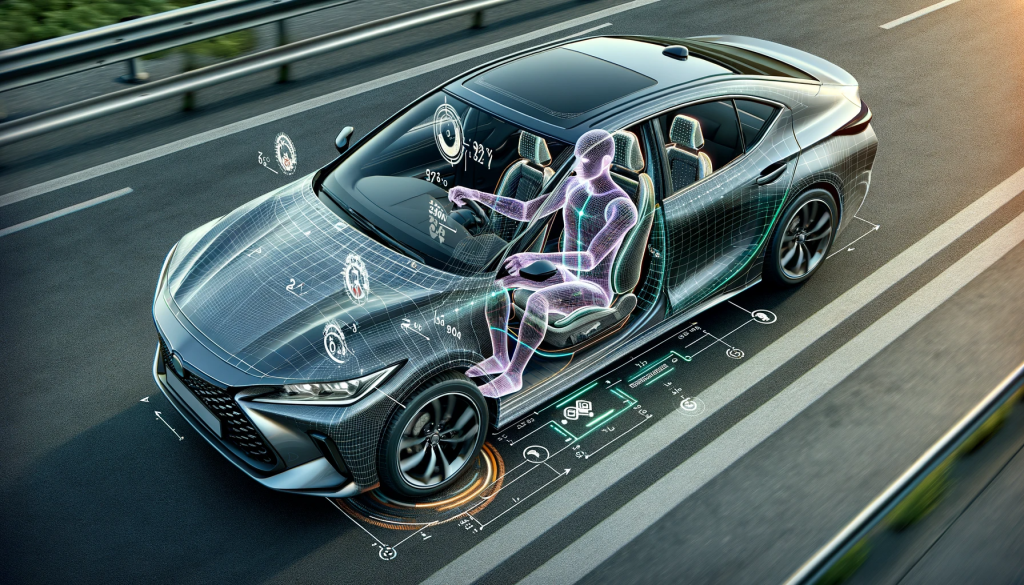The rigorous demands on truck drivers lead to significant fatigue, thus raising the risk of accidents. Advanced driver monitoring systems are now key to boosting road safety by monitoring and mitigating these risks.
Table of Contents
Introduction
Every year, more than 70% of all cargo moved in the continental North America will at one point in the journey be moved by long-haul truckage. In Europe it is estimated that a total of around 14.5 billion tonnes of cargo is moved by trucks every year. Using trucks to transport goods is still the most convenient way to precisely deliver goods directly to where it needs to go.
However, with delivery expectations from consumers becoming shorter and shorter, the vast amount of cargo needing to be moved over long distances means that truck drivers often drive for much longer than is healthy for any human to do. This can cause significant strain on the human psyche with disastrous results. Over the last 10 years, fatal road accidents involving medium to large sized trucks have risen a staggering 49% in the US alone, with a lot of that being attributed to driver fatigue and lapses of concentration.
Naturally that raises a number of significant safety concerns. One of the most prevalent accidents on the road for truck drivers, is related to fatigue. Drivers briefly nodding off, or fully falling asleep behind the wheel not only endangers the drivers, but also all other motorists and pedestrians in the vicinity.
In the video below this is exactly what happens. In this case the driver was lucky that no one else was involved in the crash, and that they got out without significant injury.
The above video also features a driver-facing camera, which we have chosen not to include. We did however analyze the drivers facial expressions just before the crash and during it. The analysis reveals a sequence of eye closures of varying degrees lasting for approximately two consecutive seconds, occurring almost immediately before the onset of the accident.
Prior to this eye closure, there is practically no engagement detected, indicating a lack of attention or alertness. However, following the incident, a peak in engagement is observed, though it remains relatively low on the scale. Leading up to the moment of eye closure, there is a notable increase in the frequency of brow raising, suggesting a gradual escalation of surprise or concern.
Enhancing Road Safety – The Demand for Driver Monitoring Systems
Ensuring safety within one of the most critical supply chains in the global economy demands the implementation of the latest advancements in vehicle safety technology. Countries around the world are adopting various legislative measures to improve road safety for cars and trucks alike. A notable development is the European Union’s recent legislation requiring all new vehicles to be equipped with advanced driver distraction warning systems starting from mid-2024. This initiative reflects a growing recognition of the need for enhanced safety features that can mitigate risks on the roads.
Perhaps the most significant change in this landscape is the strict requirements set by The European New Car Assessment Programme (Euro NCAP). To achieve the coveted five-star safety rating, Euro NCAP now mandates the inclusion of a direct Driver Monitoring System (DMS) in vehicles. Unlike the General Safety Regulation (GSR), which also requires DMS installation, Euro NCAP demands that these systems not only detect general distractions but also identify specific, short, multiple distractions, highlighting its comprehensive approach to assessing vehicle safety.
In the United States, legislators are exploring similar regulations concerning the integration of driver monitoring systems and other in-cabin sensors. These efforts underscore a unified goal across nations to leverage technology in safeguarding road users.

The development of these systems heavily relies on human factors design as well as research and development (R&D). Human factors design is crucial as it fine-tunes the DMS by optimizing the vehicle’s interior environment to enhance visibility, accessibility, and comfort, thereby supporting safe and attentive driving behaviors. This design philosophy extends to how these systems are incorporated within vehicle interfaces—ensuring they are non-intrusive yet effective. Considerations such as ergonomics, driver comfort, and overall user experience are central to this integration process.
Moreover, human factors engineering alongside R&D plays a vital role in making these systems intuitive and efficient at monitoring driver behavior and alertness. The focus on creating user-friendly interfaces that seamlessly blend into the driving experience without distracting the driver is essential. These efforts are critical in developing DMS that not only reduce driver distraction and fatigue but also significantly enhance road safety.
In the following chapters we will go in depth about how Human Factors Design and R&D efforts shape both the Driver Monitoring Systems, and the vehicle interiors of the latest generation of cars to take to the road.
Safety first, through human factors R&D
Focusing on increasing road safety through human factors research and development (R&D), specifically for truck drivers, underscores the unique challenges and critical importance of this group in the broader transportation ecosystem. Truck drivers are fundamental to global supply chains, yet face significant risks due to the nature of their work, including long hours, fatigue, and the operation of large vehicles. Addressing their specific needs through targeted R&D can lead to substantial improvements in road safety, not only for truckers but for all road users.
Ergonomic Design Tailored to Truck Drivers: A truck drivers office is the truck, and they spend extended periods behind the wheel, making ergonomic design of cabins crucial to preventing ergonomic strain and fatigue. Research into the optimal placement of controls, seat design for comfort and support, and the minimization of noise and vibration can significantly improve driver well-being. Integrating an ergonomic environment can reduce physical stress, allowing drivers to maintain focus and alertness, which is vital for safe driving practices.

Advanced Driver Assistance Systems (ADAS) for Trucks: The development and refinement of ADAS specifically for commercial vehicles can greatly enhance safety. Systems like adaptive cruise control, lane-keeping assistance, and emergency braking can compensate for human error, which is a significant factor in road incidents. Human factors R&D can explore the integration of these technologies in trucks, ensuring that they complement the driver’s skills without overwhelming them with unnecessary alerts or interventions. A good example of this is the automotive research done by iMotions’ sister company, Smart Eye – whose fleet management system we will touch upon later in this article.
Behavioral Insights for Truck Driver Safety Programs: Understanding the psychological and behavioral aspects of truck driving can inform the creation of targeted safety programs and interventions. Factors such as the monotony of long-haul routes, pressure to meet delivery deadlines, and the isolation experienced by drivers can influence risk-taking behaviors. R&D in this area can lead to more effective strategies for promoting rest breaks, managing workload to minimize stress, and encouraging safe driving practices through incentive programs.
Health Monitoring and Intervention: Given the relatively stationary work-posture of truck driving and the associated health risks, including cardiovascular disease and musculoskeletal disorders, integrating health monitoring technologies into trucks has the potential to revolutionize driver safety. Biosensors that track vital signs, fatigue levels, and indicators of chronic health conditions can alert drivers to potential issues before they become hazardous. This technology can also support interventions, such as suggesting rest breaks or alerting fleet managers to a driver’s health status, enabling proactive management of health and safety risks.
Adaptation to Autonomous and Connected Truck Technologies: As the transportation industry moves towards more autonomous and connected vehicle technologies, ensuring that truck drivers remain a central focus of safety R&D is crucial. This includes developing systems that facilitate effective human-machine collaboration, ensuring that drivers are equipped to take over control when necessary, and designing interfaces that are intuitive and informative. Human factors research can ensure that the transition to more automated systems enhances, rather than detracts from, road safety for truck drivers.
Improving Automotive Safety with iMotions
At iMotions, we are at the forefront of enhancing human factors research through our use of biosensors to supercharge human factors research. The iMotions software suite captures critical physiological data—such as heart rate variability, eye movements, and facial expressions—to provide deep insights into human behaviors and reactions.
This ability to monitor and analyze the complex interplay between humans and machines in real-time is pivotal, especially in fields like automotive design. By harnessing the power of biosensor data, we streamline research processes, making them not only more precise but also significantly more insightful.
Our commitment to advancing human-machine interface (HMI) design is a crucial aspect of making . For a closer look at how our work is revolutionizing HMI research and what this means for the future, we invite you to explore our insights on the topic. Discover more about our contributions to the field on our blogs:

In-Cabin Driver Monitoring Systems for Enhanced Safety
Implementation of the aforementioned Human Factors R&D designs, often come in the form of various levels of in-cabin driver monitoring systems. They represent a critical frontier in enhancing truck driver safety. These systems utilize advanced sensors and cameras to monitor driver behavior and physiological states in real-time, providing immediate feedback to prevent accidents before they occur. This technology can detect signs of drowsiness, distraction, and impairment, which are significant risk factors in commercial driving operations.
Real-Time Alertness and Fatigue Detection: One of the primary functions of in-cabin driver monitoring is the detection of fatigue and microsleeps. By analyzing eye movements, blink rates, and head positioning, these systems can identify early signs of driver fatigue, triggering alerts to suggest taking a break. This direct intervention can be lifesaving, encouraging drivers to rest before continuing their journey, thereby reducing the risk of fatigue-related incidents.
Distraction Monitoring and Management: Distractions, both inside and outside the vehicle, can significantly impair a truck driver’s ability to react to road conditions. In-cabin monitoring systems can alert drivers when their attention shifts away from the road for an unsafe period, whether due to smartphone use, eating, or other activities. This immediate feedback loop helps in cultivating safer driving habits by reinforcing the importance of constant vigilance.
Ergonomic and Health Feedback: Beyond safety alerts, in-cabin monitoring can also provide valuable insights into ergonomic practices and potential health issues. For instance, monitoring systems can suggest adjustments to seating positions to avoid back strain or remind drivers to hydrate regularly. This aspect of driver monitoring underscores the holistic approach to safety, addressing not just immediate risks but also long-term health and well-being.
Integration with Fleet Safety Management: In-cabin driver monitoring systems can also be integrated with broader fleet safety management strategies. Data collected on driving habits, times of day when fatigue is most prevalent, and common distractions can inform targeted training programs, personalized for individual drivers or specific routes. This data-driven approach allows for more effective management of safety risks and can help in developing a culture of safety within fleets.
The Smart Eye AIS System
Driver monitoring systems represent significant strides towards improving road safety, especially for the trucking industry. The industry leading solution has been developed by iMotions’ sister company Smart Eye, called the AIS System. This camera-based solution uses advanced algorithms to monitor drivers’ gaze, head positioning, and eyelid movements. The goal is to detect any signs of distraction or fatigue, which are both common issues for long-haul truck drivers, and provide timely alerts.
AIS’s capability extends beyond mere detection. It analyzes drivers’ behavior patterns, identifying potential safety risks before they manifest. For instance, it can issue alerts for drivers exhibiting early signs of tiredness, aiming to prevent the risk of fatigue-related incidents.
Furthermore, AIS can provide fleet operators with insightful data on driver behavior. This information is crucial for identifying risk factors within the fleet, allowing for the development of targeted training and improved safety protocols. Such data-driven approaches to safety management can significantly contribute to reducing the incidence of road accidents.
Smart Eye’s AIS system illustrates the potential of combining real-time monitoring with analytical insights to address and mitigate road safety challenges. While its adoption grows, the broader implications for enhancing safety measures in the trucking industry and beyond are promising, highlighting the role of technology in fostering safer driving environments.
To learn more about the Smart Eye AIS System, you can read more on the Smart Eye Website:
Conclusion
As we look towards the future of road-based transportation, the intersection of human factors research and development (R&D) with cutting-edge technology, like Smart Eye’s Automotive Interior Sensing (AIS) system, marks a pivotal shift in how we approach driver safety. The comprehensive overview provided in this text highlights not only the critical need for such advancements but also the tangible solutions they offer to longstanding challenges faced by truck drivers.
The journey towards safer roads is multifaceted, requiring a blend of ergonomic design, behavioral insights, advanced driver assistance systems (ADAS), and health monitoring technologies. The AIS system exemplifies how integrating these components can create a safer driving environment, reducing the risks of fatigue, distraction, and other common hazards.
Enhancing safety in road-based transportation is an ongoing process that benefits immensely from the continuous contributions of human factors R&D. By prioritizing the well-being and alertness of truck drivers, who are the backbone of global commerce, technologies like AIS serve as vital tools in our collective mission to mitigate road accidents. Their role in fostering safer driving habits and environments not only protects drivers but also ensures the safety of all road users, driving us safely into the future.













